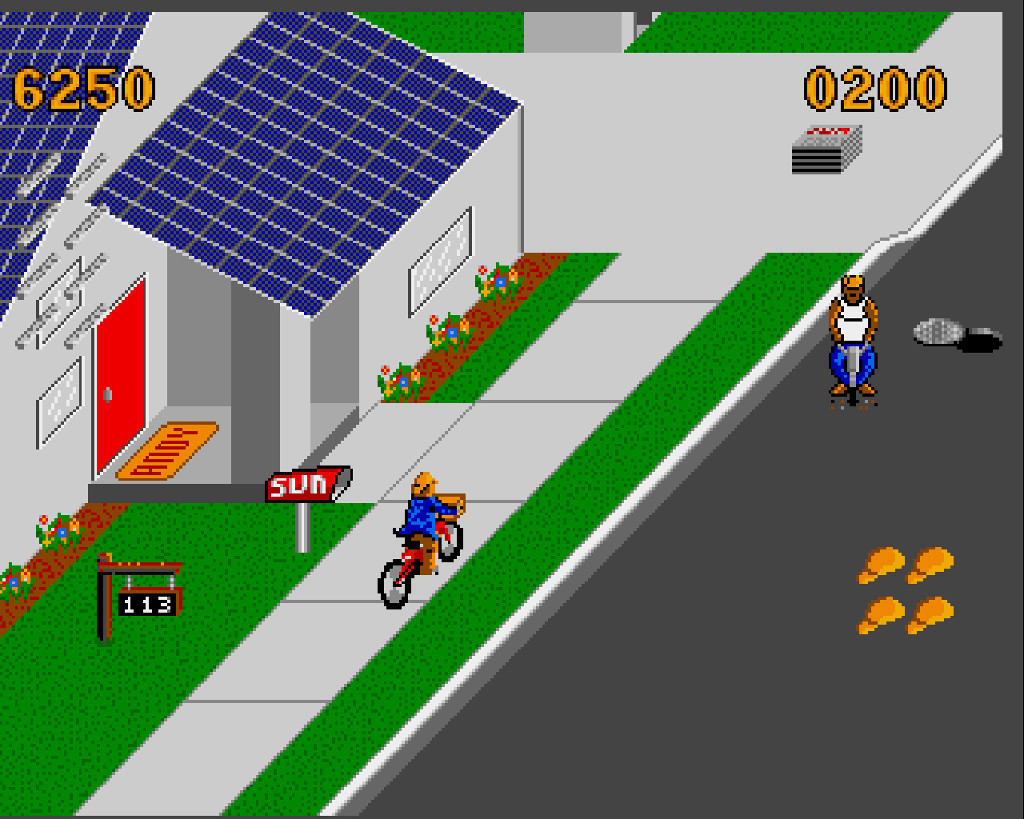

This is a beautifully illustrated book of poetry. Students may also want to write their own poems about other nocturnal animals or work in groups to find some in other poetry collections. As the class studies nocturnal animals, a poem could be read each day. All the poems in this collection could be used to introduce an elementary science unit.

A brief glossary is also at the end of the book and is another example of the author’s skill at blending the beauty and creativity of poetry with the information of non-fiction.Ĥ. Each poem is written on the right side of a two page layout with informational text written on the left to further explain and clarify the creatures and their nightly habitats. Some are written with end rhyme while others are in free-verse, but each creates a mood of quiet stillness. The collection is introduced by the poem, “Welcome to the Night” and concludes with another entitled, “Moon’s Lament.” In between, poems are used to describe the primrose moth, the night spider and a baby porcupette. The author organizes the twelve poems in this collection as if the reader is traveling through the night from the first hint of darkness to the morning light. Even plants like trees and mushrooms are highlighted as they move and grow through the darkness.ģ.A.

The poems are a tribute to nocturnal creatures like the owl, the snail, and the cricket. This poetry collection by Joyce Sidman is a beautiful description of the night through the plants and animals that call it home. This book would be a fantastic resource for Y3 or Y4 children, and could be used as an excellent introduction into poetry writing.Ģ. What is particularly interesting about the book is that it crosses over into science, with clear explanations of the special features of nocturnal creatures and their habitats, making it a useful resource for science/literacy cross curricular work. All of these fun facts are vividly illustrated by Rick Allen's rich painstakingly detailed linoleum prints.Īlthough wonderfully descriptive, the poetry remains very accessible for children due to its simple structure of rhyming couplets which describe night time according to different senses. This beautifully illustrated book of poetry shines a light on the mystery of night time, answering the question, what happens when we are asleep and all is dark and still? Sidman's explanation is that nocturnal insects and plants come to life, including crickets, who noisily rub a hard file on their wings to attract a mate, baby porcupines, who are called porcupettes ,and snails, who add an extra layer to their shells every night.


 0 kommentar(er)
0 kommentar(er)
